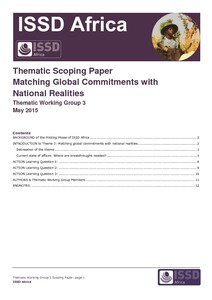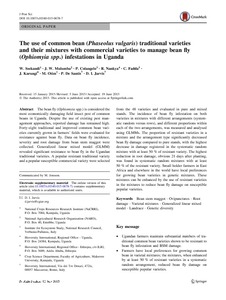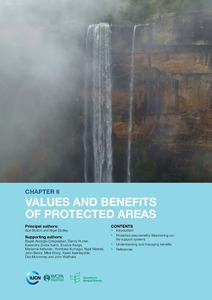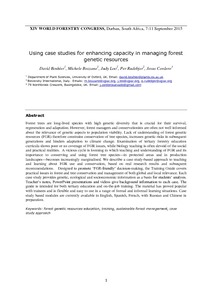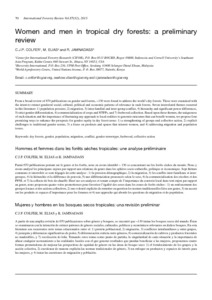Location
Bioversity International is a global research-for-development organization. We have a vision – that agricultural biodiversity nourishes people and sustains the planet.
We deliver scientific evidence, management practices and policy options to use and safeguard agricultural and tree biodiversity to attain sustainable global food and nutrition security.
We work with partners in low-income countries in different regions where agricultural and tree biodiversity can contribute to improved nutrition, resilience, productivity and climate change adaptation.
Members:
Resources
Displaying 116 - 120 of 184Thematic Scoping Paper: Matching global commitments with national realities.
The use of common bean (Phaseolus vulgaris ) traditional varieties and their mixtures with commercial varieties to manage bean fly (Ophiomyia spp .) infestations in Uganda
The bean fly (Ophiomyia spp.) is considered the most economically damaging field insect pest of common beans in Uganda. Despite the use of existing pest management approaches, reported damage has remained high. Forty-eight traditional and improved common bean varieties currently grown in farmers’ fields were evaluated for resistance against bean fly. Data on bean fly incidence, severity and root damage from bean stem maggot were collected. Generalized linear mixed model (GLMM) revealed significant resistance to bean fly in the Ugandan traditional varieties.
Using case studies for enhancing capacity in managing forest genetic resources
Forest trees are long-lived species with high genetic diversity that is crucial for their survival,
regeneration and adaptation. However, forest managers and conservationists are often not well informed
Women and men in tropical dry forests: a preliminary review
From a broad review of 670 publications on gender and forests, ~130 were found to address the world’s dry forests. These were examined with the intent to extract gendered social, cultural, political and economic patterns of relevance in such forests. Seven interrelated themes recurred in this literature: 1) population pressure, 2) migration, 3) intra-familial and inter-group conflict, 4) hierarchy and significant power differences, 5) strict gender differentiation, 6) commercialization of crops and NTFPs, and 7) fuelwood collection.


